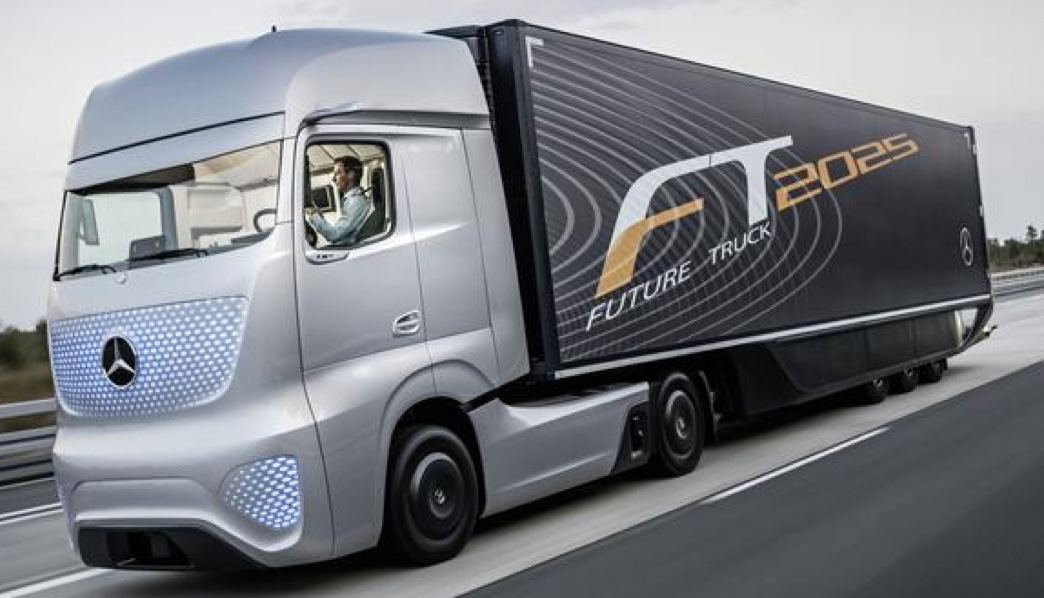The changes would likely eliminate some of the best-paid positions held by the more than 2 million heavy-duty truck drivers in the U.S., according to the analysis by Steve Viscelli, a sociologist who is a fellow at the University of Pennsylvania’s Robert A. Fox Leadership Program and a senior fellow at its Kleinman Center for Energy Policy.
Using autonomous vehicles for long-haul cargo runs, the most likely near-term scenario, would also spur increased demand for delivery and local trucking jobs, which tend to be lower-paid and often have poor working conditions, the report said.
Many experts believe the trucking industry is a significant market for autonomous-vehicle technology, in part because long-distance highway driving is less complicated than navigating city streets. Trucking companies are interested in the technology because it could help them address high driver turnover and safety regulations that limit truckers’ hours behind the wheel,
Mr. Viscelli, who worked as a truck driver for several months while researching his 2016 book, “The Big Rig: Trucking and the Decline of the American Dream,” interviewed computer scientists, startups, carriers, equipment manufacturers and other experts as he studied how self-driving technology might be used in the trucking industry. He calculated the likely job impacts based on industry-reported data on driver headcount and revenue for various trucking segments.
The jobs facing the greatest risk, he said, are those where drivers move cargo over hundreds of miles but perform few specialized non-driving tasks, such as unloading freight, coupling trailers or inspection and maintenance. Although many long-haul truckload drivers work in often grueling conditions for less than $50,000 a year, the at-risk category also includes more lucrative jobs moving goods for package-delivery companies such as United Parcel Service Inc. or for less-than-truckload carriers, which combine multiple shipments on each truck.
“The risk of autonomous trucks is not that there won’t be enough jobs for American truckers, it’s that there won’t be enough good jobs,” Mr. Viscelli wrote in the report, which said job training programs could help drivers adjust to the changes.
The research is being released this week and was commissioned by the Center for Labor Research and Education at University of California, Berkeley, and Working Partnerships USA, a Silicon Valley-based community organization focused on economic inequality.
Proponents of autonomous technology say self-driving trucks could lower freight costs and improve productivity and safety. Driverless vehicles are being used in controlled industrial settings, such as mining operations. Several companies have tested the use of self-driving trucks to haul freight on public roads.
But mass adoption remains subject to a host of regulatory and other hurdles. Recent fatalities involving autonomous passenger cars have put a spotlight on problems with the technology. New investment in equipment and infrastructure to support self-driving vehicles, such as wireless communications networks for roads, is also needed.
“It’s not the tech that I think will stop this from being kind of ready five years, 10 years, from now,” Derek Leathers, chief executive of Werner Enterprises Inc., a large Omaha, Neb.-based trucking company, said at a June investor conference. “It’s everything else,” he said, including public perception and the challenge of finding space for facilities such as depots where trailers can be swapped between human drivers and autonomous trucks.
Right now human-to-human platooning, where multiple trucks with drivers save fuel by using automated technology to drive in close formation to reduce wind resistance, “is pretty much ready to go,” Mr. Viscelli said.













